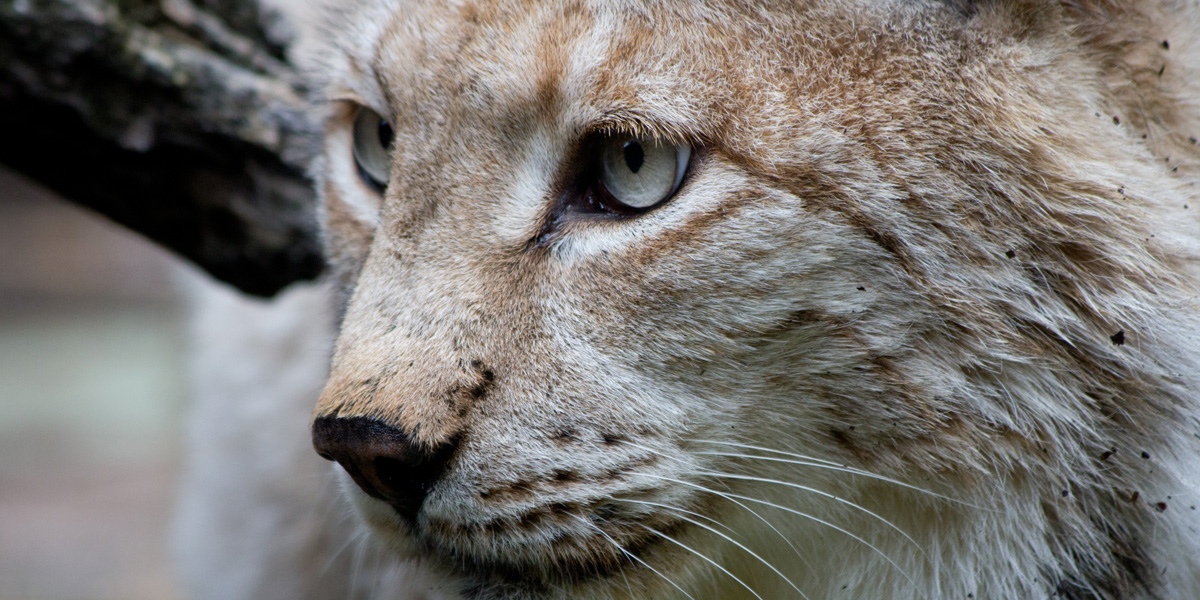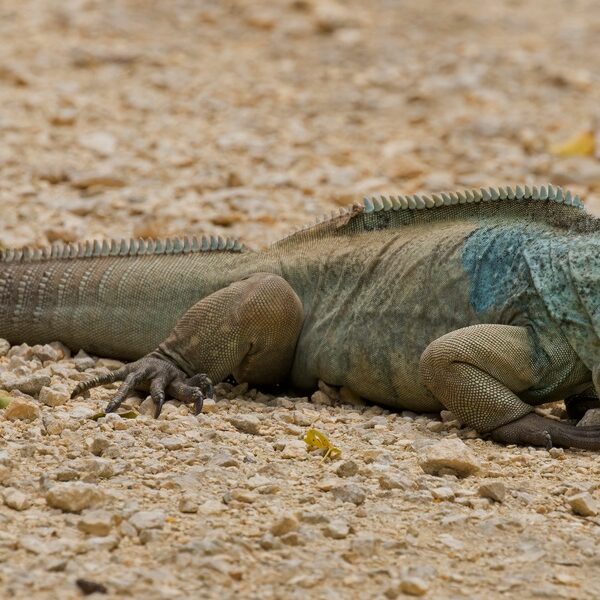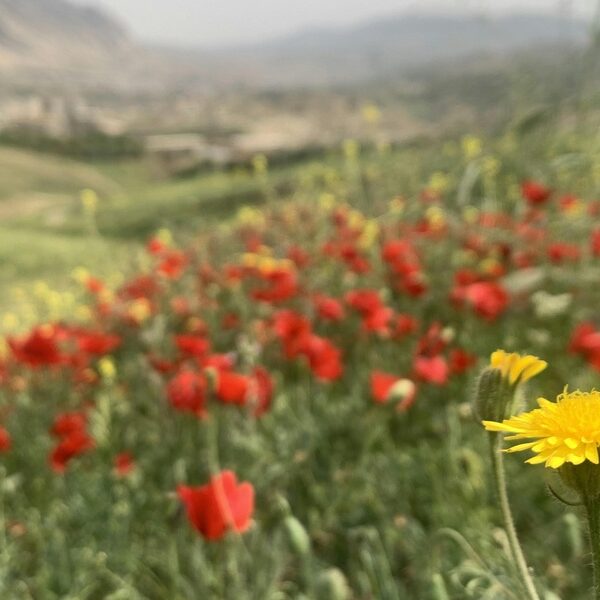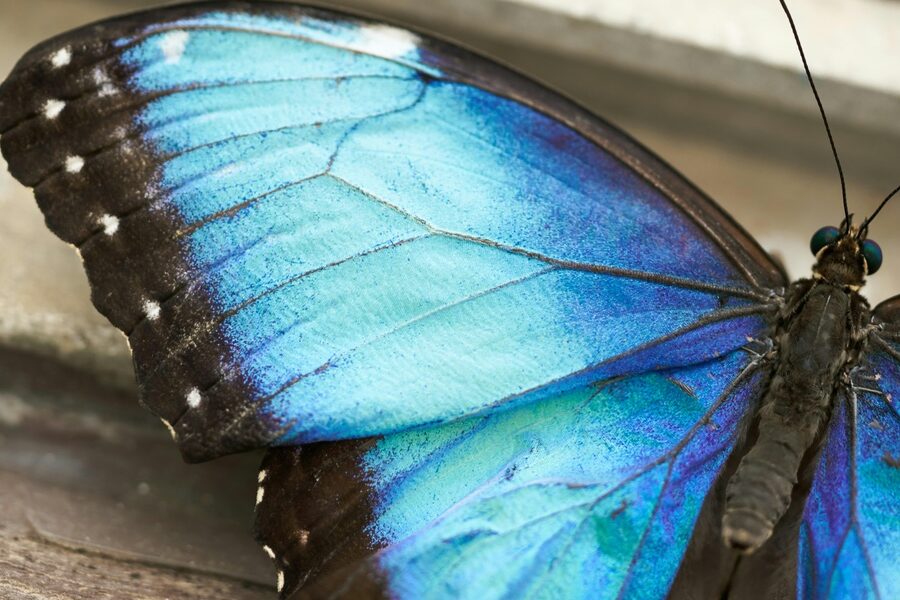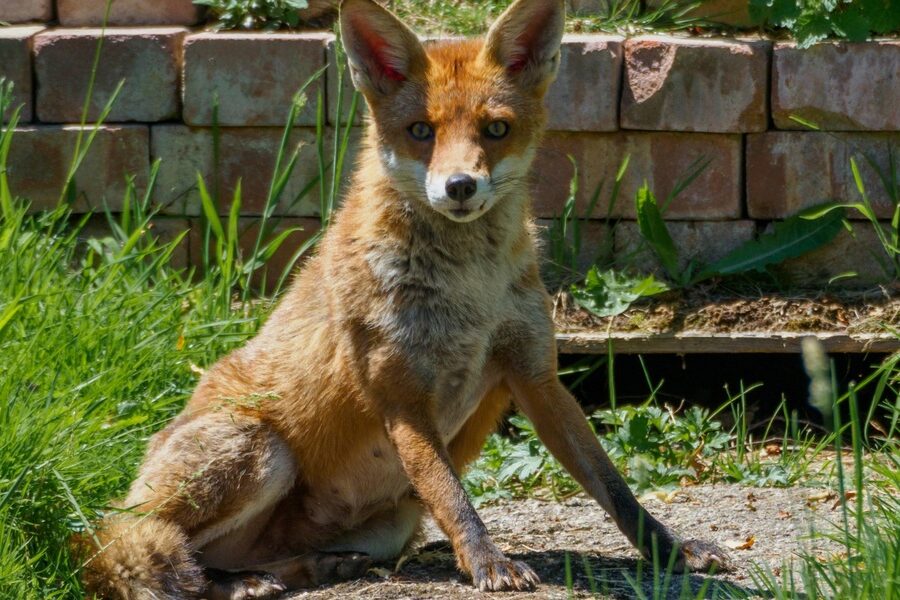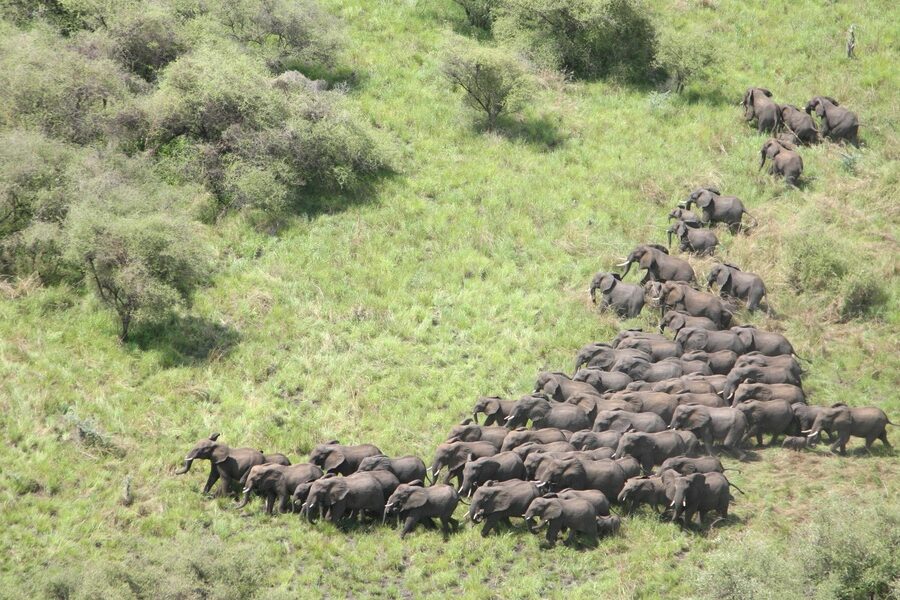Ukraine is a land of incredible natural beauty, boasting diverse ecosystems that range from the Carpathian Mountains to the Black Sea coast. This variety of landscapes supports a rich tapestry of flora and fauna, making it a crucial region for European biodiversity.
Unfortunately, many of these precious species face significant threats to their survival. In the comprehensive list you’ll find below, there are 26 Endangered Species in Ukraine, ranging from the delicate Apollo Butterfly to the majestic White-tailed Eagle. For each entry, we’ve provided details like its Scientific Name, Conservation Status, and Primary Habitat to give you a clear understanding of their current plight.
Why are so many species endangered in Ukraine?
The primary reasons for species endangerment in Ukraine are multifaceted, largely driven by human activity and environmental changes. Habitat loss and fragmentation due to agricultural expansion, urbanization, and infrastructure development are major contributors. Pollution from industrial activities and improper waste disposal also severely impacts ecosystems. Additionally, climate change is altering natural habitats and disrupting life cycles, while illegal hunting and poaching continue to threaten vulnerable animal populations.
What is being done to protect endangered species in Ukraine?
Efforts to protect endangered species in Ukraine involve a combination of legal frameworks, conservation initiatives, and international cooperation. The country has established numerous nature reserves, national parks, and protected areas to safeguard critical habitats. Conservation programs focus on species-specific recovery plans, captive breeding, and reintroduction efforts. Furthermore, Ukraine participates in international agreements like CITES and the Bern Convention, working with global partners to combat illegal wildlife trade and promote sustainable practices.
Endangered Species in Ukraine
| Common Name | Scientific Name | Conservation Status | Primary Habitat |
|---|---|---|---|
| Brown Bear | Ursus arctos | Endangered | Carpathian Mountains, dense forests. |
| Eurasian Lynx | Lynx lynx | Endangered | Carpathian and Polissia forests. |
| European Bison | Bison bonasus | Endangered | Carpathian and Polissia forests, special reserves. |
| Steppe Marmot | Marmota bobak | Vulnerable | Virgin steppe remnants in eastern Ukraine. |
| European Mink | Mustela lutreola | Endangered | Clean riverbanks and wetlands. |
| White-tailed Eagle | Haliaeetus albicilla | Vulnerable | Near large rivers, lakes, and coastal areas. |
| Great Bustard | Otis tarda | Endangered | Open steppe and agricultural plains. |
| Black Stork | Ciconia nigra | Vulnerable | Old, undisturbed forests near wetlands. |
| Saker Falcon | Falco cherrug | Endangered | Steppe, forest-steppe, and Carpathian foothills. |
| Steppe Eagle | Aquila nipalensis | Endangered | Dry, open steppes of southern Ukraine. |
| Dalmatian Pelican | Pelecanus crispus | Endangered | Danube Delta and Black Sea coastal lagoons. |
| Steppe Viper | Vipera renardi | Vulnerable | Grassland and steppe regions. |
| Carpathian Newt | Lissotriton montandoni | Vulnerable | Mountain streams and pools in the Carpathians. |
| Beluga Sturgeon | Huso huso | Endangered | Black Sea basin, major rivers like the Danube. |
| Danube Salmon | Hucho hucho | Endangered | Clean, fast-flowing rivers in the Danube basin. |
| Apollo Butterfly | Parnassius apollo | Endangered | Limestone slopes and meadows in the Carpathians. |
| Stag Beetle | Lucanus cervus | Vulnerable | Old-growth deciduous forests. |
| Lady’s Slipper Orchid | Cypripedium calceolus | Vulnerable | Deciduous and mixed forests. |
| Edelweiss | Leontopodium alpinum | Vulnerable | High-altitude rocky slopes in the Carpathians. |
| Feather Grass | Stipa pennata | Vulnerable | Remnant virgin steppe grasslands. |
| Water Caltrop | Trapa natans | Vulnerable | Slow-moving rivers, lakes, and ponds. |
| Crimean Pine | Pinus nigra ssp. pallasiana | Vulnerable | Mountain slopes of the Crimean Peninsula. |
| Swamp Gladiolus | Gladiolus palustris | Endangered | Wet meadows and marshes. |
| Snowdrop | Galanthus nivalis | Vulnerable | Deciduous forests and meadows. |
| European Ground Squirrel | Spermophilus citellus | Vulnerable | Pastures, grasslands, and steppe habitats. |
| Greater Noctule Bat | Nyctalus lasiopterus | Endangered | Old-growth broadleaf forests. |
Images and Descriptions
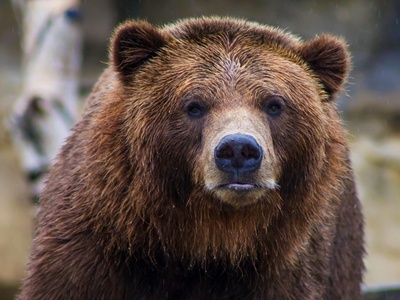
Brown Bear
Ukraine’s largest predator, this magnificent omnivore is confined to remote mountain forests. Its survival is threatened by habitat loss, poaching, and increasing human-wildlife conflict.
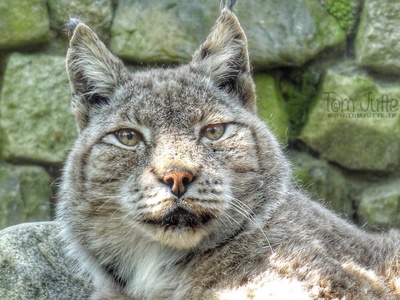
Eurasian Lynx
A secretive and powerful forest cat with distinctive tufted ears. It requires vast, undisturbed forests to hunt roe deer, and its population suffers from deforestation and illegal hunting.
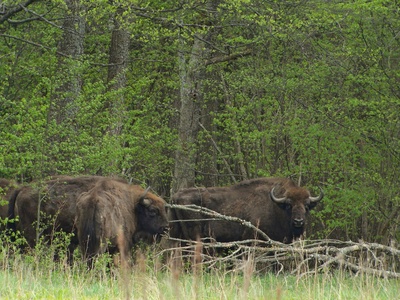
European Bison
Europe’s heaviest land animal, brought back from the brink of extinction. Reintroduced herds in Ukraine are small and isolated, vulnerable to disease, poaching, and lack of genetic diversity.
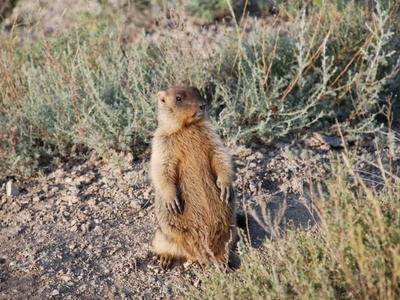
Steppe Marmot
A social rodent whose burrow systems are vital for steppe ecosystems. The plowing of grasslands for agriculture has wiped out over 90% of its historical habitat.
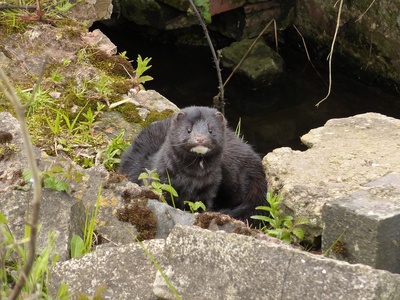
European Mink
A small, semi-aquatic predator facing a severe decline. It is threatened by river pollution, habitat destruction, and competition from the invasive, larger American mink.
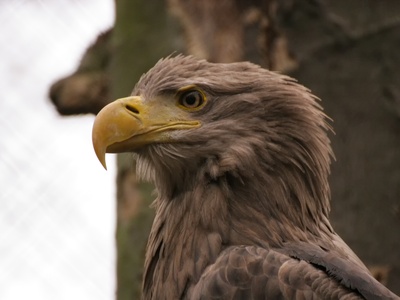
White-tailed Eagle
A majestic bird of prey with a huge wingspan. Once nearly extinct due to poisoning, its populations are slowly recovering but remain threatened by habitat degradation and lead poisoning.
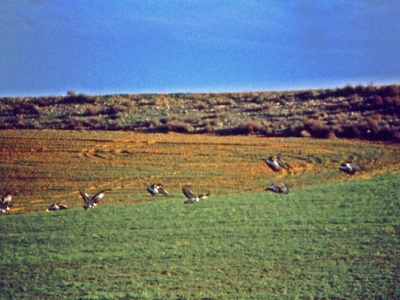
Great Bustard
One of the world’s heaviest flying birds, the Great Bustard is a symbol of the vanishing steppe. It has suffered catastrophic declines as its grassland habitat is converted to farmland.
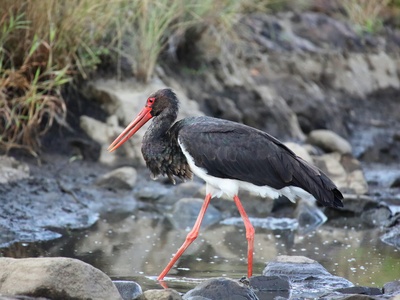
Black Stork
A shy and solitary relative of the more common white stork. It requires pristine, old-growth forests for nesting, making it highly sensitive to logging and human disturbance.
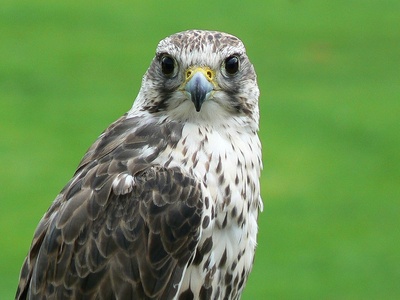
Saker Falcon
A large, swift falcon historically prized for falconry. Its nests are often robbed, and it faces threats from habitat loss, electrocution on power lines, and declining prey populations.
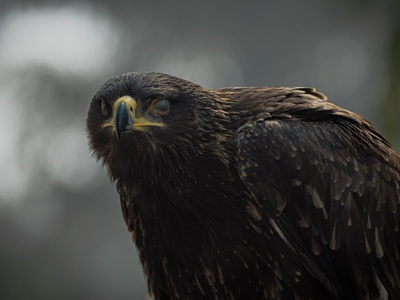
Steppe Eagle
A powerful eagle that nests on the ground or in low shrubs. Its survival is tied to the disappearing steppe habitat, and it is highly vulnerable to agricultural development.

Dalmatian Pelican
A massive water bird with shaggy neck feathers. It is threatened by the drainage of wetlands, water pollution, and human disturbance at its few remaining nesting colonies.
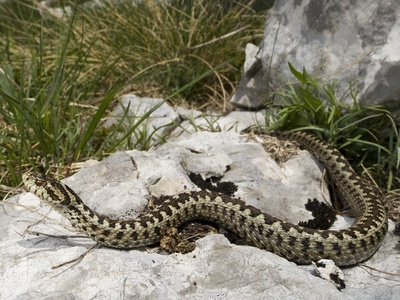
Steppe Viper
A small, venomous snake perfectly adapted to open grasslands. Its existence is threatened by the plowing of steppes, overgrazing, and direct persecution by humans.
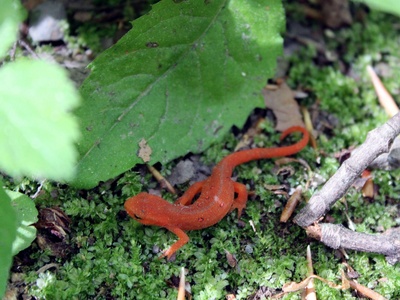
Carpathian Newt
A small amphibian endemic to the Carpathian Mountains. It is a key indicator of clean water, but its populations are at risk from pollution, deforestation, and climate change.
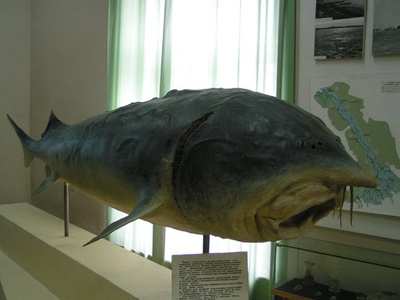
Beluga Sturgeon
A prehistoric giant, famous for its caviar, that can live for over 100 years. Dams blocking its spawning migrations and rampant illegal fishing have made it critically rare.
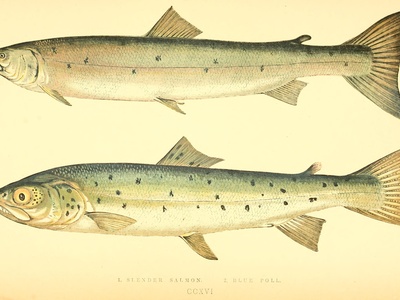
Danube Salmon
A large, powerful freshwater predator, often called the “river wolf.” It is on the verge of extinction in Ukraine due to dam construction, pollution, and overfishing.
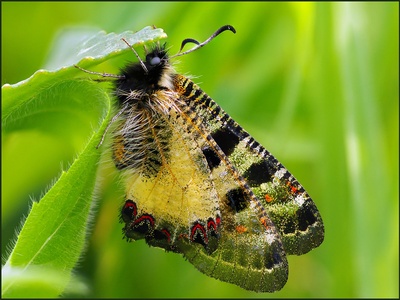
Apollo Butterfly
A large, beautiful mountain butterfly with distinctive red eye-spots. Its populations are small, isolated, and threatened by habitat change and illegal collection by enthusiasts.
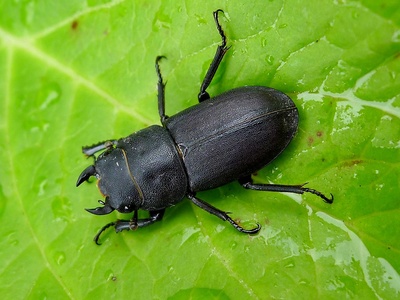
Stag Beetle
Europe’s largest beetle, famous for the male’s antler-like mandibles. It depends on decaying wood from ancient oak trees, a habitat that is rapidly disappearing due to modern forestry.
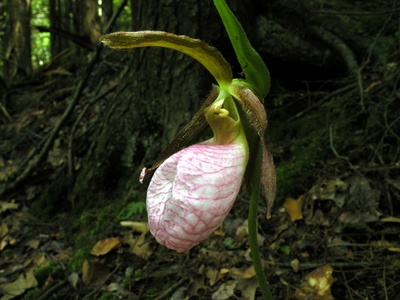
Lady’s Slipper Orchid
One of Europe’s most spectacular wild orchids, with a unique pouch-like petal. It is severely threatened by illegal picking for its beauty and the destruction of its forest habitat.
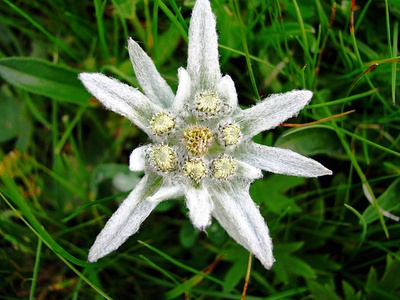
Edelweiss
The legendary “flower of the Alps,” this woolly, star-shaped plant is a symbol of mountain wilderness. In Ukraine, it is threatened by over-collection by tourists and climate change.
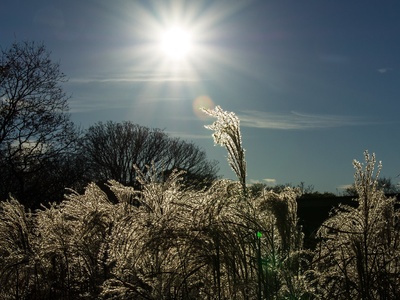
Feather Grass
An iconic grass whose long, feathery awns create a “waving sea” effect on the steppe. It only grows in undisturbed grasslands, a habitat that has been almost entirely destroyed by agriculture.
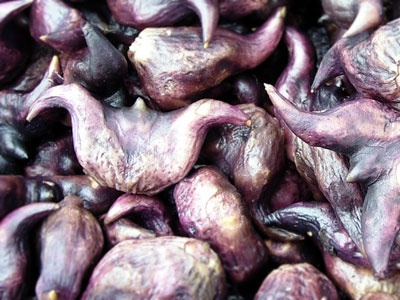
Water Caltrop
An annual aquatic plant with a rosette of floating leaves and an edible, horned nut. It is disappearing from Ukrainian waters due to pollution, river regulation, and invasive species.
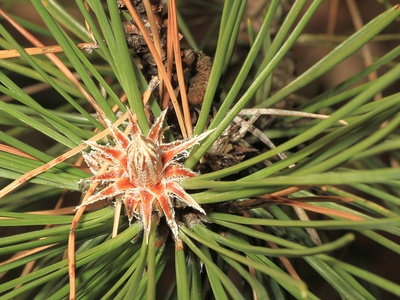
Crimean Pine
A majestic pine subspecies endemic to Crimea, known for its flat-topped crown. It is threatened by uncontrolled tourism, forest fires, and urban development along the coast.
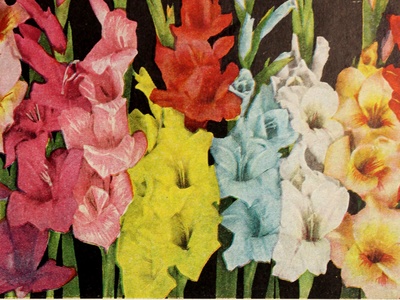
Swamp Gladiolus
A delicate and beautiful wild gladiolus with vibrant purple flowers. Its survival is directly tied to wetland habitats, which are among the most threatened ecosystems due to drainage for agriculture.
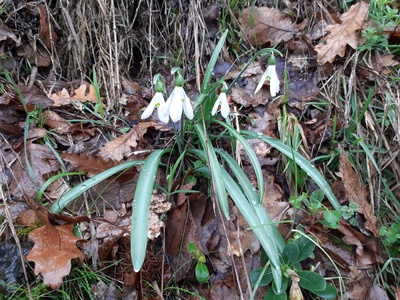
Snowdrop
While common in gardens, wild populations of this beloved harbinger of spring are threatened. Widespread illegal collection of bulbs for commercial sale has decimated its numbers in many forests.
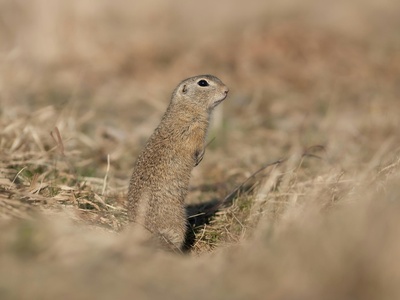
European Ground Squirrel
A highly social rodent that is a keystone species in grassland ecosystems. The decline of traditional grazing and the plowing of pastures have caused its populations to plummet dramatically.
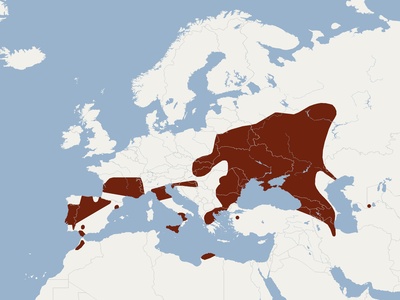
Greater Noctule Bat
Europe’s largest bat, this powerful aerial hunter roosts in old tree hollows. Its survival depends on the preservation of ancient forests, which are increasingly logged for timber.
